When choosing the right abrasive tools for a bench grinder, your final decision will chiefly be influenced by the quality and the serviceability of the grinding wheels you desire, as well as their interaction with the work material.
![]()
Every abrasive type is unique and features impressive properties such as incredible strength, hardness, resistance to impact, and fracture toughness. The two most widely used types in conventional bench grinder wheels are the aluminum oxide grinding wheel and silicon carbide grinding wheel. While the former is ideal for grinding alloy steel, carbon steel, annealed malleable iron, bronzes, wrought iron, and high-speed steel, the latter is perfect for grinding chilled iron, gray iron, aluminum, soft bronze, and brass.

Since the usefulness of bench grinders in any workshop cannot be underestimated, it’s equally crucial to have a sound knowledge of the conventional aluminum oxide and silicon carbide grinding wheels suitable for them.
Below are the unique selling propositions that inform every potential customer why they should purchase each of the concerned grinding wheels.
Aluminum Oxide Bench Grinder Wheel
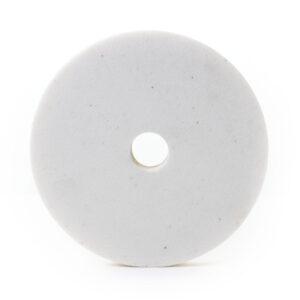


- Capable of providing a uniform surface grinding effect and a larger cutting amount
- Can be applied to the grinding of different high hardness and high strength materials
- Can sharpen faster and for a long time
- Ideal for the outer circle, inner circle, centerless, and plane tool grinder, and several special grinders
- Can handle the processing of gears, threads, and thin-walled parts.
Silicon Carbide Bench Grinder Wheel
![]()
- Suitable for extremely hard materials (such as for sharpening tungsten carbide tools)
- Sharper and harder grain compared to aluminum oxide
- Cut faster
- Cut glass, plastic easily under light pressure
- Suitable for grinding non-ferrous metals, including alloys
Grinding Wheels
Grinding wheels are crucial tools in the abrasive industries that help with a unique abrasive machining process. They are used in tool shops, construction sites, automotive shops, medical manufacturing industries, etc.
Every grinding wheel is designed with abrasive grains and layers of fiberglass. Another substance is then used to bond both elements into a wheel shape.
The abrasive grains are the grinding tools that help shape and refine a workpiece by removing material. Based on how invaluable they are, manufacturing industries use grinding wheels for various grinding and machining operations.
The grinding wheels’ manufacturers typically use a matrix of coarse abrasive particles during production. These particles are pressed and bonded to produce a strong and circular shape. Manufacturers could also use solid steel and aluminum discs, with particles on the surface in the production of grinding wheels.
A facility may find it challenging to select a wheel due to the production of several types of grinding wheels. Nevertheless, to get great results of obtaining an impressive finish and getting the best out of the wheel, proper selection of grinding wheels should be extremely taken seriously.
The identification of each grinding wheel is commonly attached to the type of abrasive material used by the manufacturer. There are two basic categories of grinding wheels. The first is the category of super abrasive wheel, and the second is the conventional wheel. The former includes diamond and CBN (Cubic Boron Nitride) wheels, while the latter includes aluminum oxide and silicon carbide wheels. If your quest has been towards getting a conventional A-rated bench grinder wheel, then this piece is for you.
Conventional Aluminum Oxide Grinding Wheel for Bench Grinder
The aluminum oxide grinding wheel is the most common tool for fine grinding, honing, dressing, or screw-grinding tools of alloy steel, hardened steel, and high-speed steel with distinct strength and high hardness.
It is a well-known abrasive that is usually preferred for grinding alloy steel, carbon steel, wrought iron, annealed malleable iron, bronzes, high-speed steel, and similar metals.
Aluminum oxide abrasives are of different types. Manufacturers made each uniquely and blended them to specific kinds of grinding tasks. Every abrasive comes with a peculiar designation that is often seen as a combination of a number and a letter. There are variations in these designations in relation to the manufacturer.
Moreover, aluminum oxide is also referred to as corundum, with material that includes:
- Brown aluminum oxide (A)
- White aluminum oxide (WA)
- Pink aluminum oxide (PA)
- Single crystal aluminum oxide (SA)
- Microcrystal aluminum oxide (MA)
Chemical Composition and Structure
As explained above, the properties of aluminum oxide may vary in relation to some essential factors, such as how the chemical composition and structure that have to do with the manufacturing process are different.
- Pure AI2O3 Grit with Defect Structure: This characteristically results in uncommon sharp free cutting action and low strength. It’s excellent for exceptional grinding and heat-sensitive operations on ferrous and hard materials.
- Regular or Brown Aluminum Oxide (Doped with TiO2): This is characterized by higher toughness and lower hardness than the white Al2O3. Its tasks range from heavy-duty grinding to semi-finishing.
- Pink Aluminum Oxide: This is Al2O3 alloyed with chromium oxide (<3%).
- Monocrystalline Al2O3 Grits: These offer a balance between toughness and hardness. They are uniquely efficient in medium pressure heat-sensitive operations directed towards ferrous materials.
- Microcrystalline Al2O3 Grits of Enhanced Toughness: These are ideal for stock removal grinding. When Al2O3 and Zirconia are alloyed, it helps make highly tough grit (perfect for high pressure) high material removal grinding on ferrous material, but not for precision grinding.
- The latest development characterized by toughness and self-sharpening is microcrystalline sintered Al2O3 grit.
Basic Characteristics
Below are some of the basic characteristics of an aluminum oxide bench grinder wheel:
- Offers exceptional grinding effects and cutting results: It’s a bench grinder wheel that provides a uniform surface grinding effect and a larger cutting amount.
2. Perfect for high hardness and high strength materials: The bench grinder wheel is ideal for grinding workpieces, including high-carbon steel, high-speed steel, and hardened steel.
3. Sharpen faster and for a long time: The aluminum oxide grinding wheel can handle operations faster and longer but may fail to produce a lot of clogging and grinding heat.
4. Ideal for several grinders: The bench grinder wheel is suitable for an inner circle, outer circle centerless, and plane tool grinder.
5. Capable of handling the processing of different parts: Apart from being perfect for high hardness and high strength materials, the aluminum oxide bench grinder wheel can process different parts, be it gears, threads, or thin-walled.
Conventional Silicon Carbide Bench Grinder Wheels
Silicon carbide bench grinder wheel is an ideal abrasive tool for brittle and hard carbide, stone grinding, gem, glass, superfine grinding, and cutting.
In other words, with this abrasive, manufacturing industries can easily grind gray iron, brass, chilled iron, aluminum, and soft bronze, as well as rubber and other non-ferrous materials.
Silicon carbide remains a unique and very hard grain (characteristically harder than standard aluminum oxide) that is exceptionally sharp and fast when cutting. However, it is friable (it’s observed not to be as strong as other grains). Its material versatility makes it recommendable for grinding soft metals, including cast iron and aluminum, but it can also work on very hard materials (like cemented carbide).
The most common material of silicon carbide includes:
- Black silicon carbide (C)
- Green silicon carbide (GC)
Chemical Composition and Structure
As explained above, silicon carbide is characteristically harder than aluminum oxide but less tough. And due to its chemical reactivity with steel and iron, it’s never seen as superior to AI2O3.
Silicon carbide grit can easily be identified since it can be black or green.
- Black silicon carbide (c): This type contains not less than 95% SiC. It is not harder but tougher than green silicon carbide. It is also extremely sharp and often mostly used on plastic, soft metals, and marble (grinding soft nonferrous materials).
- Green silicon carbide (GC): This type contains not less than 97% SiC. It’s is harder and sharper than the black one and is ideal for grinding hard metals such as cemented carbide.
Basic Characteristics
Below are some of the basic characteristics of a silicon carbide bench grinder wheel:
- Perfect for grinding very hard materials: Silicon carbide grinding wheels are ideal for grinding non-ferrous metals (alloys inclusive) and sharpening tungsten carbide (TCT) tools.
- Does a better job than aluminum oxide: Silicon carbide grinding wheels are significantly harder and sharper grains when compared to aluminum oxide grinding wheels.
- Cut faster: Silicon carbide grinding wheels are incredible when it comes to producing very fast cutting results on workpieces.
- Cut glass, metal, and plastic easily under light pressure: Silicon carbide grinding wheels are ideal for finishing operations, including stainless steel graining or industries that need light cutting pressures.
- Suitable for grinding non-ferrous metals, including alloys: Silicon Carbide abrasives are the best when it comes to working on nonferrous metals. This is because they are designed with an anti-loading property that helps avoid the sticking of a softer metal (the aluminum).
Bonds for Conventional Aluminum Oxide and Silicon Carbide Grinding Wheels for Bench Grinder
The best way to have an efficient cut via the abrasive in the wheel is to ensure that the wheel has the proper bond. In simple words, bonds are materials that help hold abrasive grains to achieve effective cutting. As abrasive grains wear, the bond is expected to wear too and expel for fresh sharp grains to come on board.
Types of Bonds
Aluminum oxide and silicon carbide are formed into bonded abrasives; including, centerless grinding wheels, surface grinding wheels, Internal grinding wheels, cylindrical grinding wheels, mounted points, grinding wheels, sharpening stones, cutting discs, and grinding discs.
In conventional grinding wheels, there are three bond types. Each type features unique characteristics, and choosing any will be influenced by the grinding operation type, the wheel operating speed, the needed precision, and the concerned workpiece. These principal types of bonds for the grindstones mentioned in the preceding paragraph include:
Vitrified Bonds
Vitrified bonds are the common materials used in making most grinding wheels. They feature a combination of well-selected clays. These clays and the grain blend into molten glass as they are heated in the Kiln at high temperatures. The glass forms a span during cooling, which offers required support to the grains during the grinding process.
Grinding wheels designed with vitrified bonds are extremely strong, rigid, and porous. They help get rid of stock material fast and grind as required. Besides, they not in any way be affected by oils, acid, water, or variations in temperature. Although vitrified bonds are extremely hard, they are brittle – grinding pressure can easily break them down.
Resinoid Bonds
Resinoid bond is one of the different bond types designed with organic substances. It is typically made from synthetic resin. Conventional wheels that feature resinoid bonds are ideal for actions that involve fast stock removal and those in need of better finishes.
Moreover, resinoid bonds function at higher speeds and are usually used for conventional grinding wheels in foundries, billet shops, fabrication shops, and saw gumming and sharpening.
Rubber Bonds
Rubber bond is an excellent organic bond that offers a smooth grinding action when involved in the design of conventional grinding wheels. Wheels designed with rubber bonds are perfect for a high-quality finish, such as roller and ball-bearing races. Besides, it’s a type of bond often recommended for cut-off wheels when there is a need to hold burr and burn to a minimum.
Final Note
Falling the victim of wrong products is not an exciting story to tell at all. This is why getting exposed to detailed and useful information is paramount.
For those that know the importance and usefulness of bench grinders in the workshop, getting the perfect grinding wheels should be a reasonable pursuit. This is where conventional aluminum oxide and silicon carbide grinding wheels for bench grinders come in. Take your time to understand these abrasives and the bond that help keep the grain in position and support the grains as they do the cutting.
More other customized grinding wheels are available, contact us.
[wpforms id=”4612″]



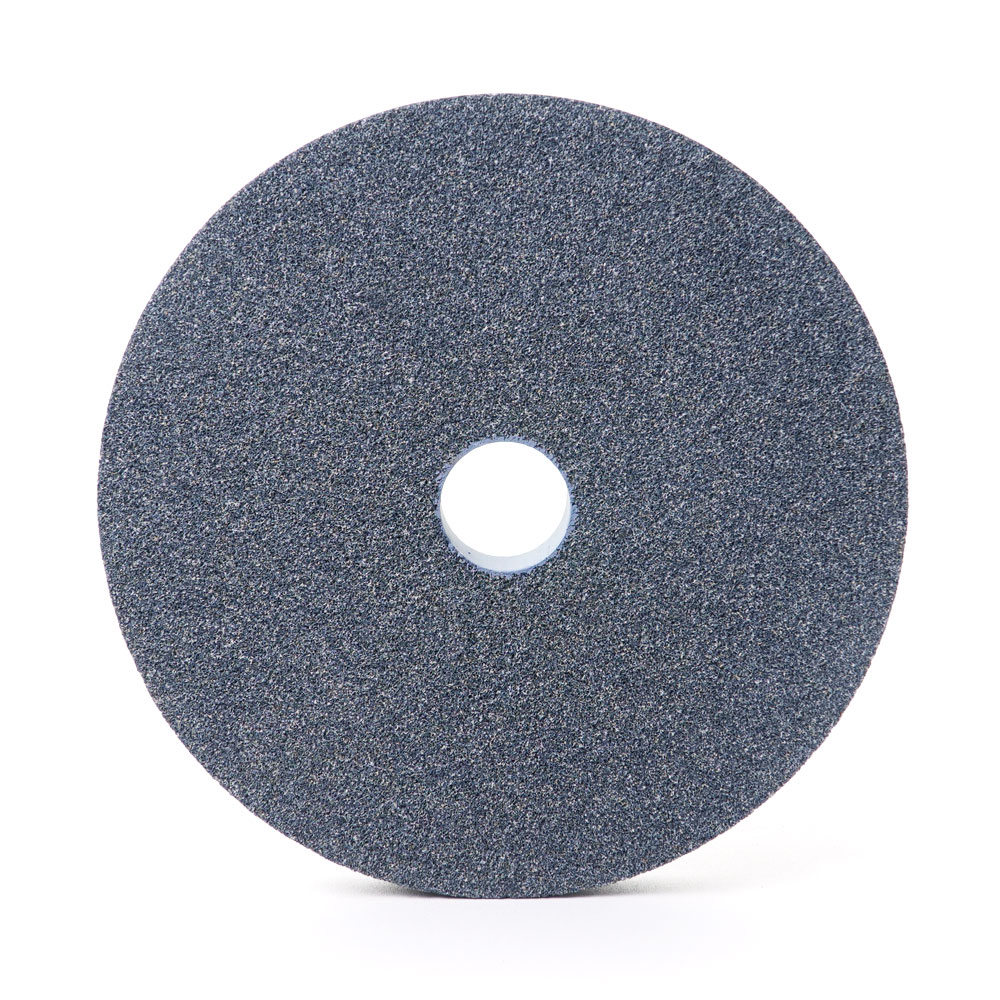
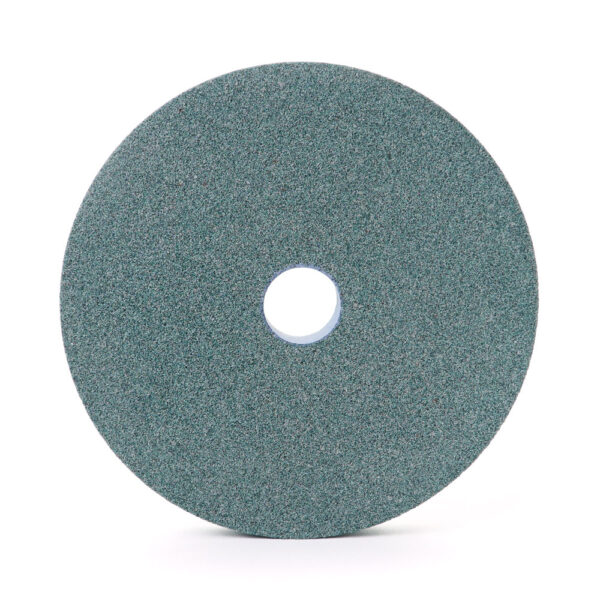
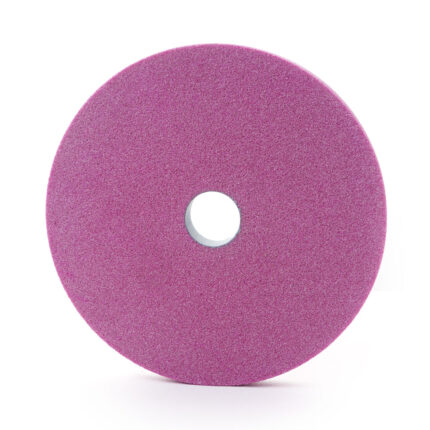

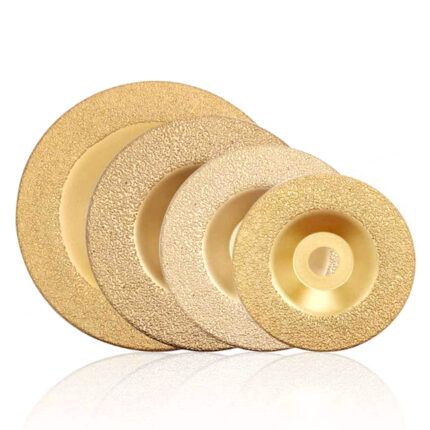




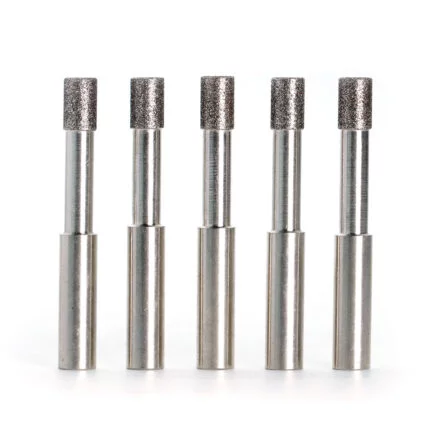

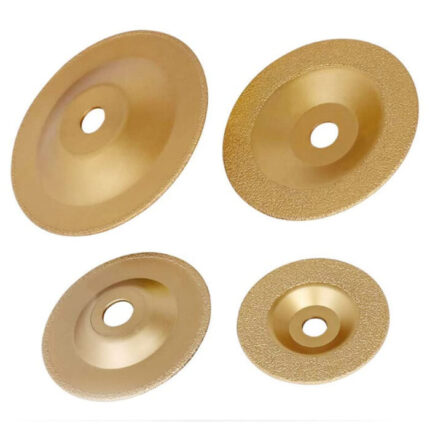
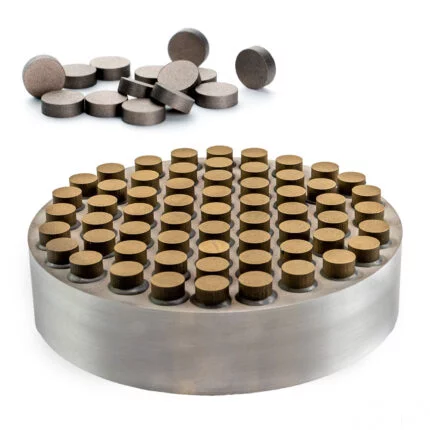
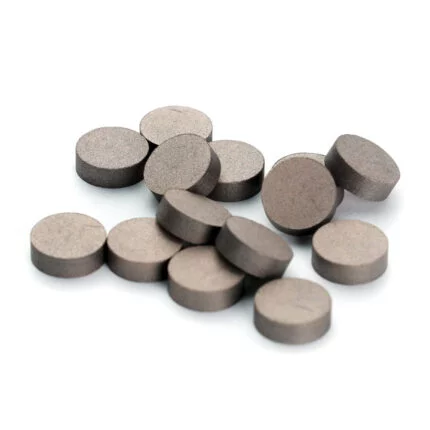

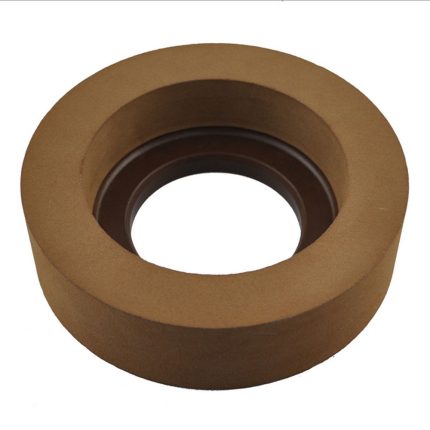



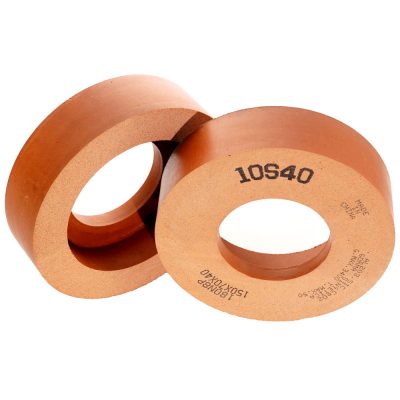


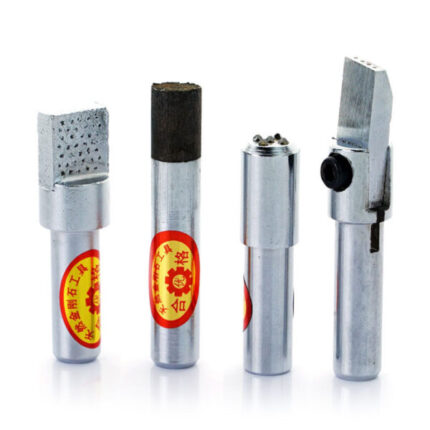
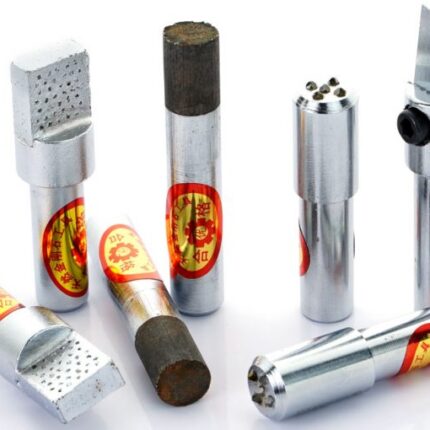

Reviews
There are no reviews yet.